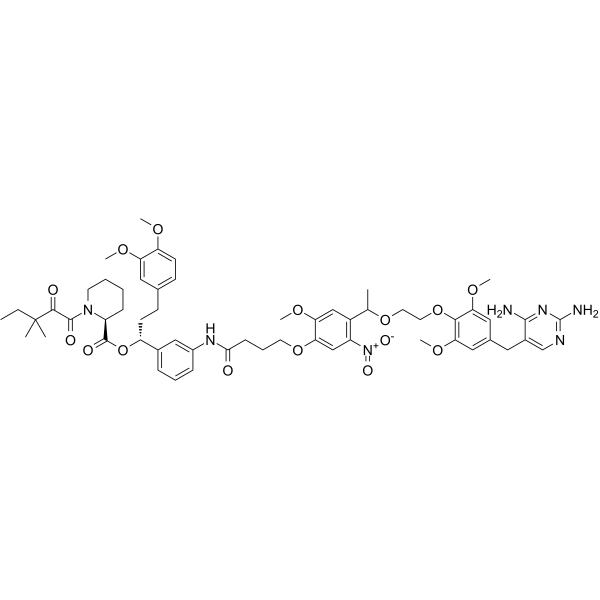FKBP
FKBP (FK506-binding protein) is one of two major immunophilins and most of FKBP family members bind FK506 and show peptidylprolyl cis/trans isomerase (PPIase) activity. Small size FKBP family members contain only FK506-binding domain, while FKBPs with large molecular weights possess extra domains such as tetratricopeptide repeat domains, calmodulin binding and transmembrane motifs. FKBPs are involved in several biochemical processes including protein folding, receptor signaling, protein trafficking and transcription. FKBP family proteins play important functional roles in the T-cell activation, when complexed with their ligands.
FK506-binding proteins 1a and 1b (FKBP1a/1b) are immunophilin proteins that bind the immunosuppressant agent FK506 and AY 22989. FKBP12 is a ubiquitous abundant protein that acts as a receptor for FK506, binds tightly to intracellular calcium release channels and to the transforming growth factor β (TGF-β) type I receptor.
Targets for FKBP
Products for FKBP
- Cat.No. Product Name Information
-
GC34172
AP1867
AP1867 is a synthetic FKBP12F36V-directed ligand.
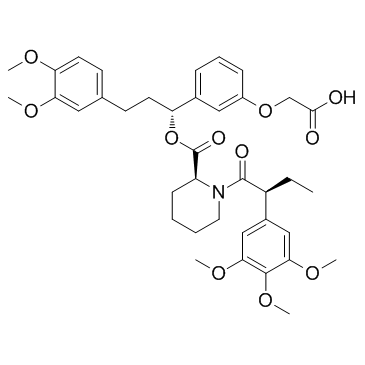
-
GC61745
AP1867-2-(carboxymethoxy)
AP1867-2-(carboxymethoxy), the AP1867 (a synthetic FKBP12F36V-directed ligand) based moiety, binds to CRBN ligand via a linker to form dTAG molecules.

-
GC15586
AP1903
AP1903 (AP1903) is a dimerizer agent that acts by cross-linking the FKBP domains. AP1903 (AP1903) dimerizes the Caspase 9 suicide switch and rapidly induces apoptosis.

-
GC14498
AP20187
Dimerizer,synthetic and cell-permeable
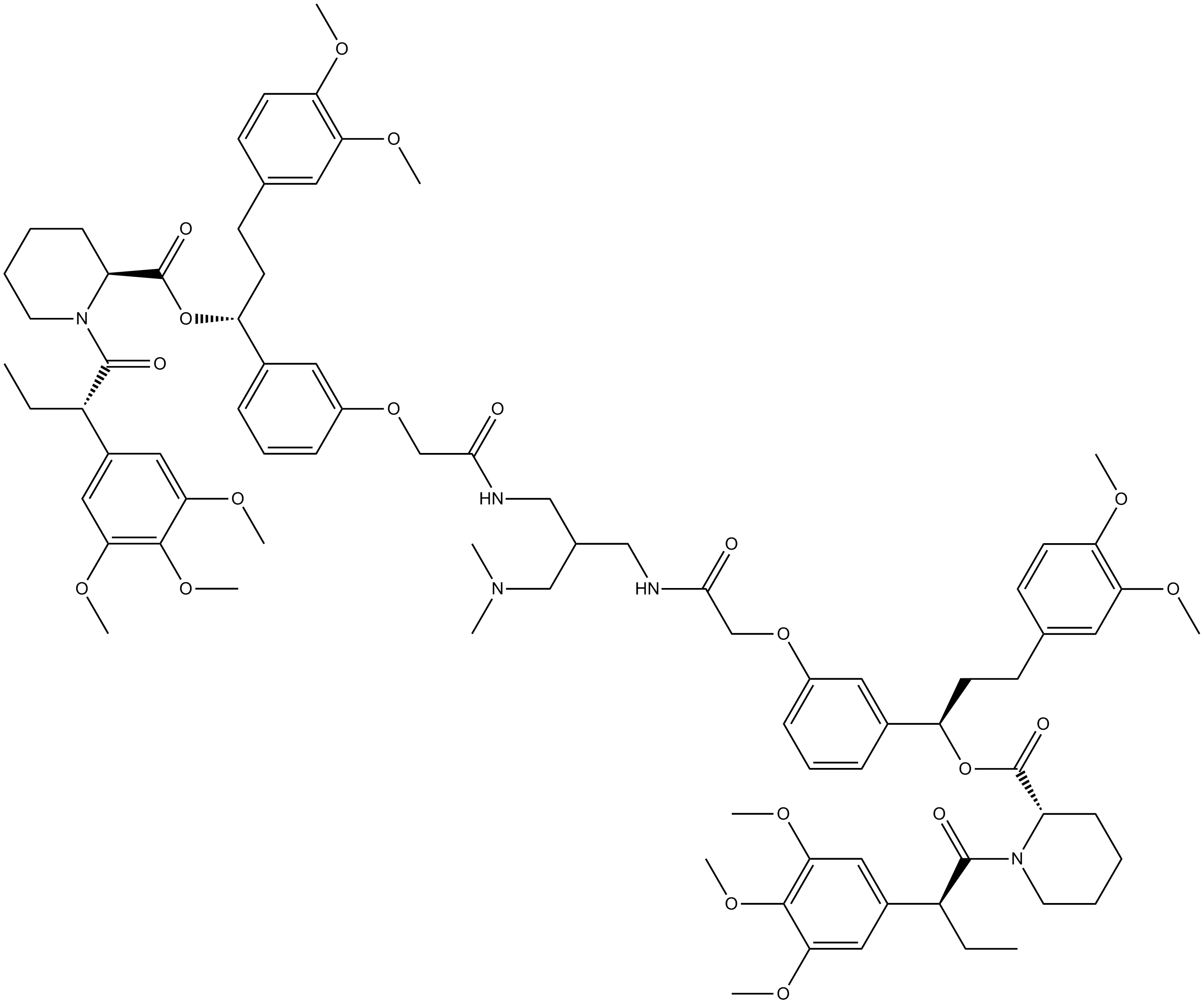
-
GC13215
Ascomycin(FK 520)
A potent macrolide immunosuppressant
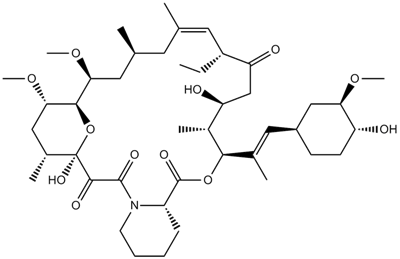
-
GC13601
Everolimus (RAD001)
A rapamycin derivative
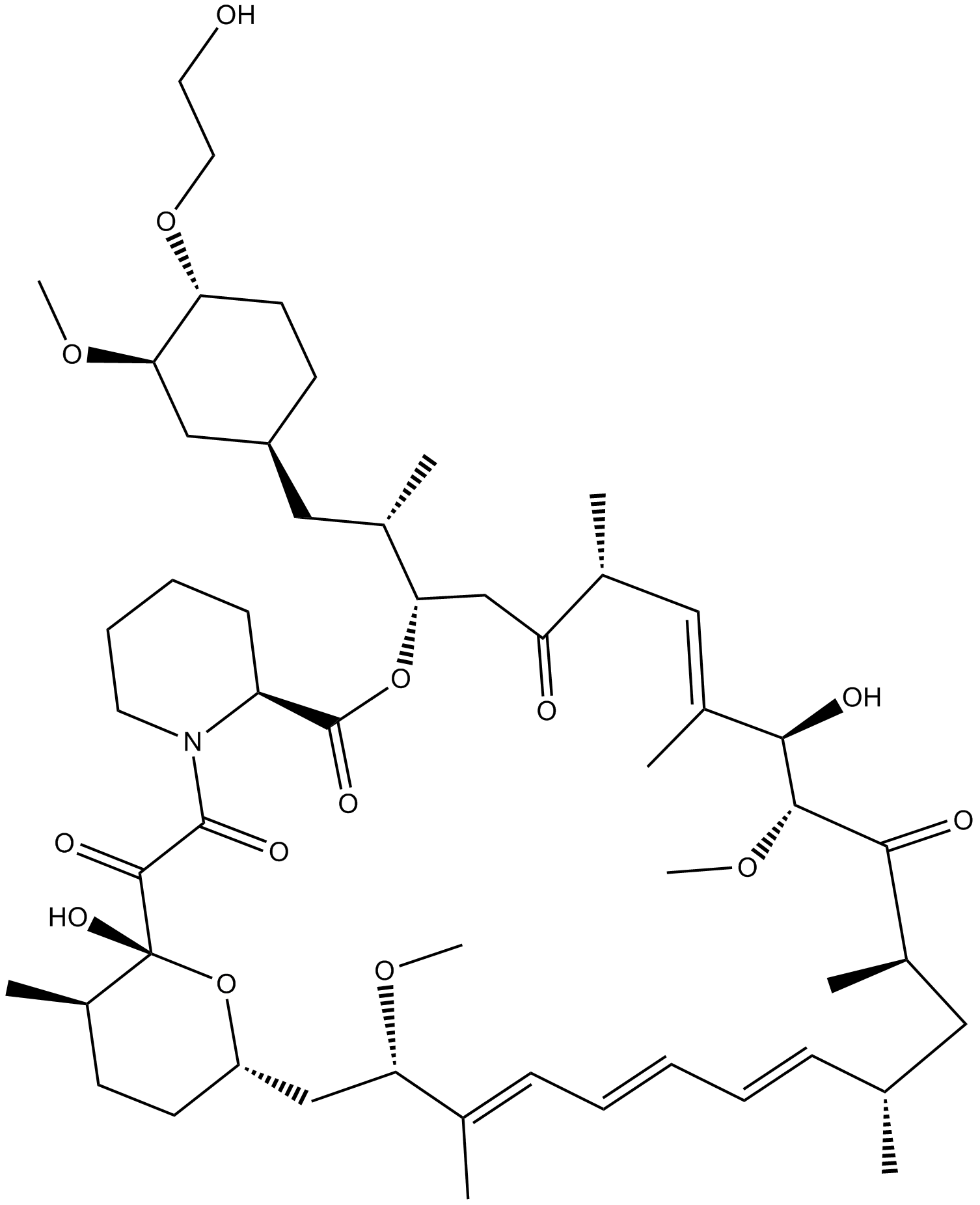
-
GC62186
KB02-SLF
KB02-SLF is a PROTAC-based nuclear FKBP12 degrader (molecular glue). KB02-SLF promotes nuclear FKBP12 degradation by covalently modifying DCAF16 (E3 ligase) and can improve the durability of protein degradation in biological systems. SLF binds ubiquitin E3 ligase ligand KB02 via a linker to form KB02-SLF.
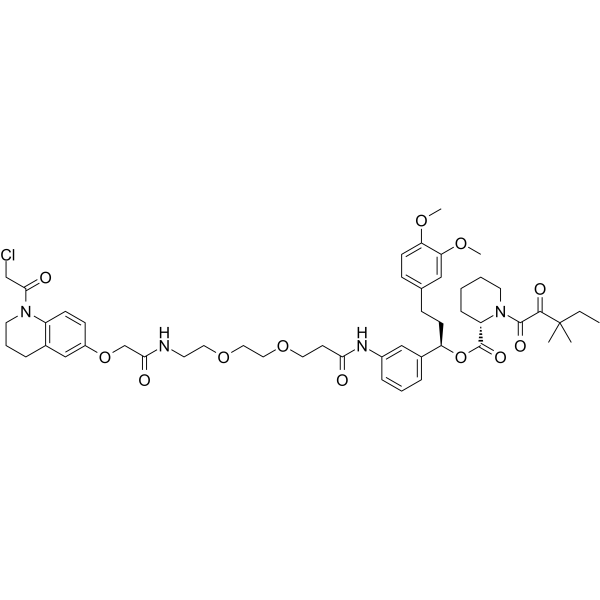
-
GC39503
PROTAC FKBP Degrader-3
PROTAC FKBP Degrader-3 is a PROTAC that comprises a FKBP ligand binding group, a linker and an von Hippel-Lindau binding group. PROTAC FKBP Degrader-3 is a potent FKBP degrader.
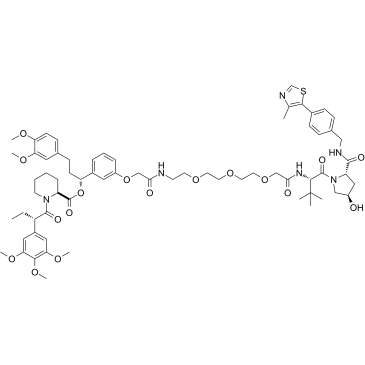
-
GC15031
Rapamycin (Sirolimus)
An allosteric inhibitor of mTORC1

-
GC48027
Rapamycin-d3
An internal standard for the quantification of rapamycin

-
GC33699
SAFit1
SAFit1 is a FK506 binding protein 51 (FKBP51)-specific inhibitor with a Ki of 4±0.3 nM.

-
GC34093
SAFit2
An FKBP51 inhibitor
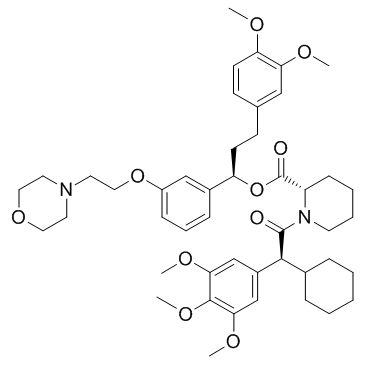
-
GC38060
Shield-1
Shield-1 (Shld1) is a specific, cell-permeant and high-affinity ligand of FK506-binding protein-12 (FKBP), and reverses the instability by binding to mutated FKBP (mtFKBP), allowing conditional expression of mtFKBP-fused proteins.
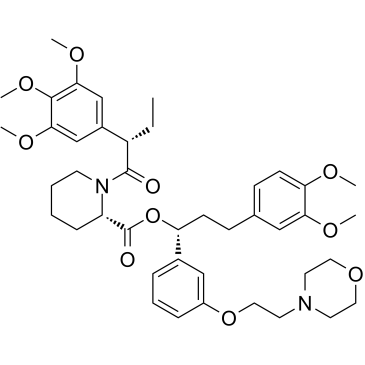
-
GC44899
SLF
FK-506 is a potent immunosuppressant that forms a high affinity complex (Ki = 0.2 nM) with FK-506 binding protein 12 (FKBP12).

-
GC61461
SLF TFA
SLF TFA is a synthetic ligand for FK506-binding protein (FKBP) with an affinity of 3.1 μM for FKBP51 and an IC50 of 2.6 μM for FKBP12. SLF TFA can be used in the synthesis of PROTAC.

-
GC16233
Tacrolimus (FK506)
Tacrolimus (FK506), a macrolide antibiotic with potent immunosuppressive effects was isolated from Streptomyces tsukubaensis and has been previously used to prevent allograft and for treatment of autoimmune disorders in humans.
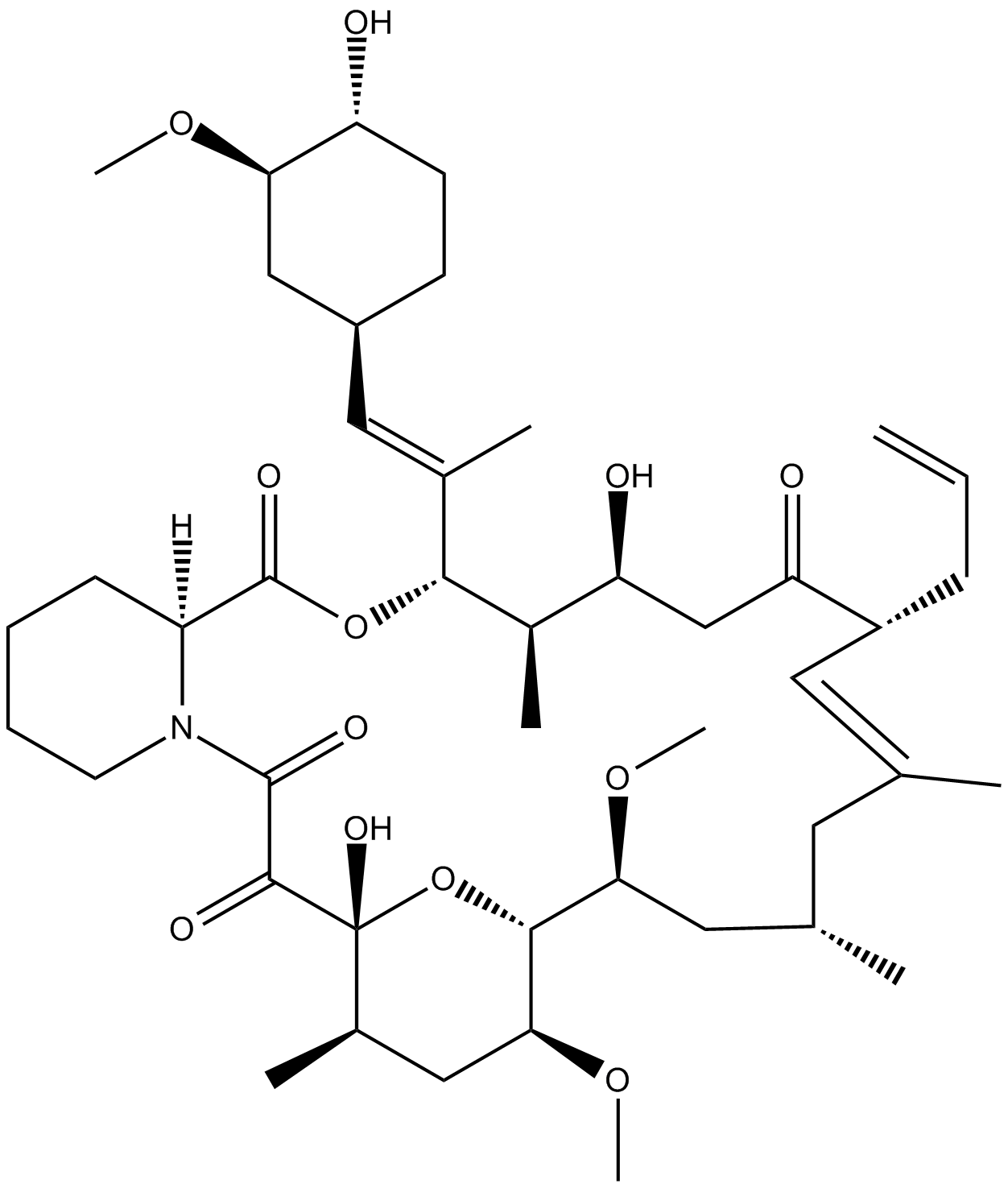
-
GC17995
Tacrolimus monohydrate
immunosuppressive drug
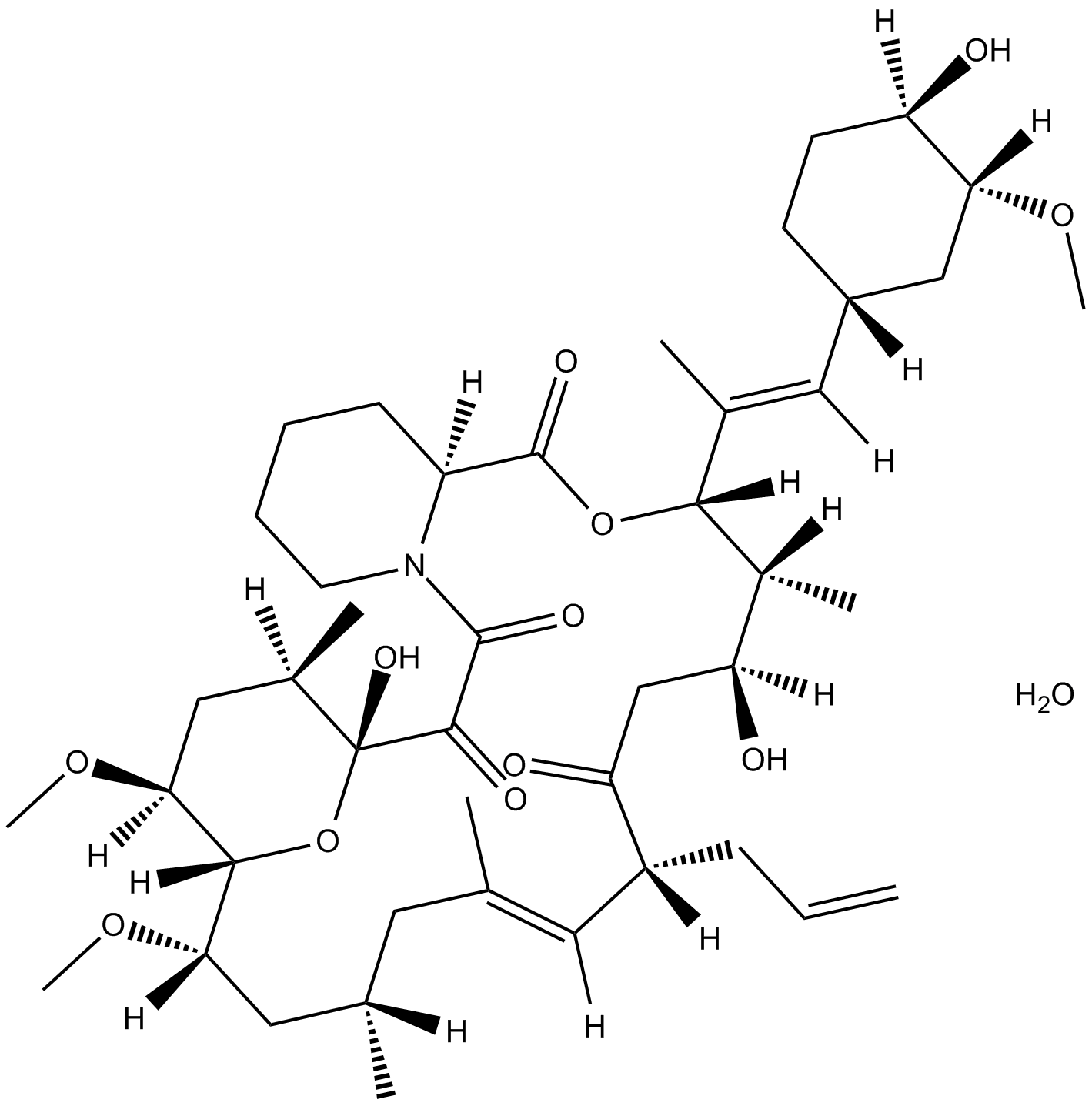
-
GC33200
Target Protein-binding moiety 13
Target Protein-binding moiety 13 (PROTAC FKBP12-binding moiety 1) is a synthetic ligand for FKBP (SLF). Target Protein-binding moiety 13 (PROTAC FKBP12-binding moiety 1) can be used in the synthesis of PROTACs.
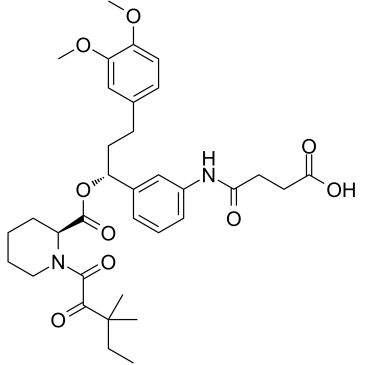
-
GC66370
Zapalog
Zapalog is a photocleavable small-molecule heterodimerizer that can be used to repeatedly initiate, and instantaneously terminate, a physical interaction between two target proteins. Zapalog dimerizes any two proteins tagged with the FKBP and DHFR domains until exposure to light causes its photolysis.
